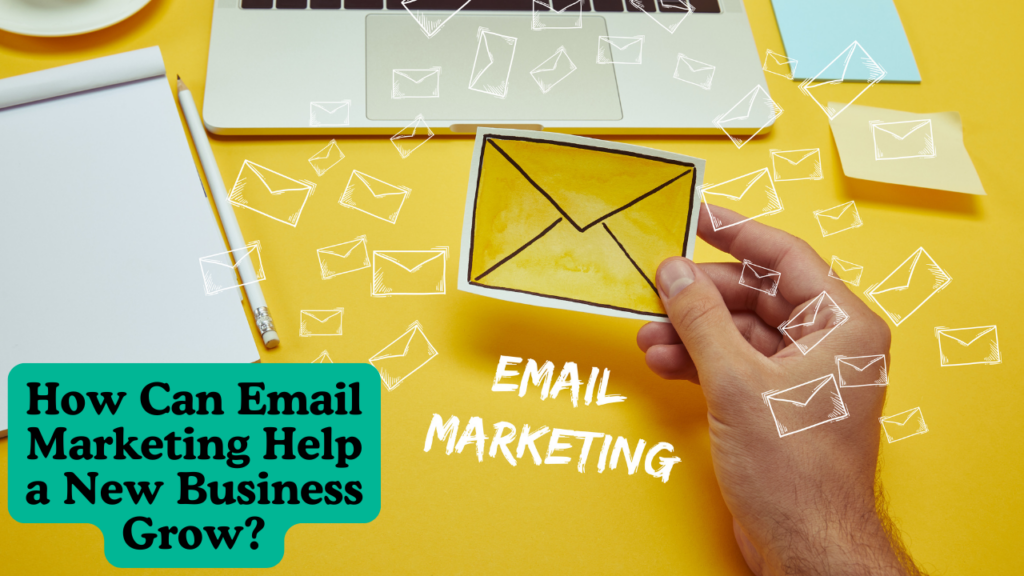Email marketing helps businesses connect with their audience. But not all emails perform the same. Some get more clicks, while others do not. A/B testing can help solve this problem. It shows what works best in your emails.
This guide explains why A/B testing is important. You will learn how it works and how to use it for your email campaigns.
What Is A/B Testing?
A/B testing is a way to compare two versions of an email. It helps find which version gets better results. For example, you can test two subject lines to see which one gets more opens. The goal is to improve email performance.
In A/B testing:
- Version A is the original email.
- Version B is the test email with one change.
You send both versions to a small group of your audience. Then, you check which version performs better. After that, you send the winning version to the rest of your audience.
Why Is A/B Testing Important?
A/B testing helps improve email campaigns. It gives you data about what your audience likes. This data helps you:
- Increase open rates: Test subject lines to see what catches attention.
- Boost click rates: Experiment with different call-to-action buttons.
- Save money: Focus on strategies that work.
- Understand your audience: Learn what content they prefer.
Without A/B testing, you might guess what works. But guessing can lead to poor results. Testing removes the guesswork.
How Does A/B Testing Work?
Here is a step-by-step guide:
- Pick one element to test: Test only one thing at a time. For example, subject lines, email design, or call-to-action buttons.
- Create two versions: Make one change in Version B. Keep everything else the same.
- Split your audience: Divide your email list into two groups. Each group gets one version.
- Measure results: Use metrics like open rate, click rate, or conversion rate.
- Choose a winner: The version with better results is the winner.
- Send the winner: Send the winning email to the rest of your audience.
What Can You Test In Emails?
You can test many elements in an email. Here are some common options:
1. Subject Lines
Subject lines are the first thing people see. Test different tones, lengths, or keywords. Example:
- Version A: “Limited Time Offer: Save 20% Today!”
- Version B: “Your Exclusive 20% Discount Awaits!”
2. Call-to-Action (CTA) Buttons
Your CTA button tells readers what to do. Test different colors, text, or placements. Example:
- Version A: “Buy Now”
- Version B: “Shop Today”
3. Email Design
Your design affects how people interact with your email. Test layouts, images, or colors.
4. Send Times
The time you send an email matters. Test sending emails in the morning versus the evening.
5. Personalization
Adding a name or location can make emails feel personal. Test personalized versus non-personalized emails.
Benefits Of A/B Testing
A/B testing improves your emails in several ways:
- Higher Engagement: Better subject lines and CTAs lead to more clicks.
- Better ROI: Improved emails mean better results for your spending.
- Data-Driven Decisions: Make choices based on real data, not guesses.
- Continuous Improvement: Keep learning and improving with each test.
Common Elements To Test
| Element | Example Tests | Goal |
| Subject Lines | Formal vs. casual tone | Improve open rates |
| CTA Buttons | “Learn More” vs. “Buy Now” | Increase click rates |
| Email Design | Single image vs. multiple | Boost engagement |
| Send Times | Morning vs. evening | Find best time to send |
| Personalization | Name in subject line | Add a personal touch |
Common Mistakes To Avoid
While A/B testing is simple, mistakes can lead to poor results. Avoid these errors:
- Testing too many elements: Focus on one thing at a time.
- Small sample size: Use a big enough group for accurate results.
- Ignoring data: Pay attention to the results, even if they surprise you.
- Not testing often: Make A/B testing a regular part of your email campaigns.
How To Start A/B Testing
Follow these steps to get started:
- Choose an email platform with A/B testing features.
- Pick a clear goal. Do you want more clicks or more opens?
- Create two versions of your email.
- Send the emails to your test groups.
- Analyze the results and learn from them.
Final Thoughts
A/B testing is a simple but powerful tool. It helps you understand your audience and improve your email campaigns. By testing one element at a time, you can learn what works best. This leads to better results and higher engagement.
Start small and keep testing. The more you test, the more you learn. With time, your emails will become more effective.
FAQs
Q: How often should I A/B test my emails?
A: Test regularly. Every campaign offers a chance to learn and improve.
Q: What is the best sample size for A/B testing?
A: Use at least 1,000 recipients for accurate results. Larger groups give better data.
Q: Can I test more than one element at a time?
A: Test one element at a time for clear results. Testing too much can confuse the data.
Q: Are A/B testing tools expensive?
A: Many email platforms offer built-in A/B testing features. Some are free, while others may charge.
Q: Does A/B testing work for small email lists?
A: Yes, but results may take longer. Focus on small, meaningful changes.


